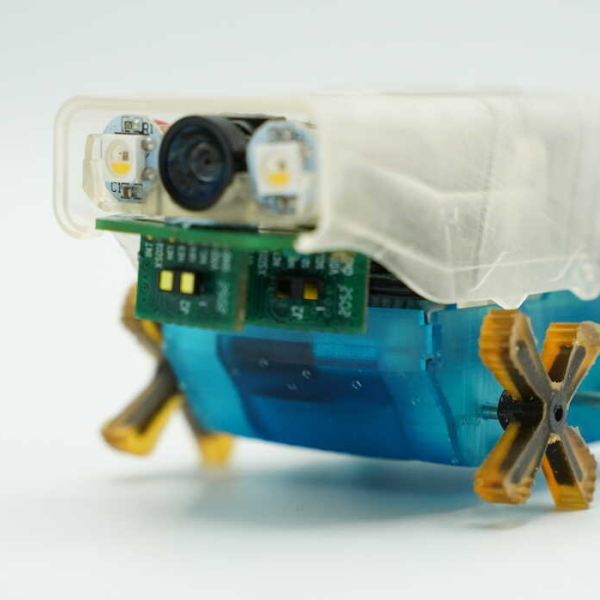You would think detecting lightning would be easy. Each lightning bolt has a staggering amount of power, and, clearly, you can hear the results on any radio. But it is possible to optimize a simple receiver circuit to specifically pick up lightning. That’s exactly what [Wenzeltech] shows in a page with several types of lightning detectors complete with photos and schematics.
Just as with a regular radio, there are multiple ways to get the desired result. The first circuits use transistors. Later versions move on to op amps and even have “storm intensity” meters. The final project uses an ion chamber from a smoke detector. It has the benefit of being very simple, but you know, also slightly radioactive.
You might think you could detect lightning by simply looking out the window. While that’s true, you can, in theory, detect events from far away and also record them easily using any data acquisition system on a PC, scope, or even logic analyzer.
Why? We are sure there’s a good reason, but we’ve never needed one before. These designs look practical and fun to build, and that’s good enough for us.
You can spruce up the output easily. You can also get it all these days, of course, on a chip.




















